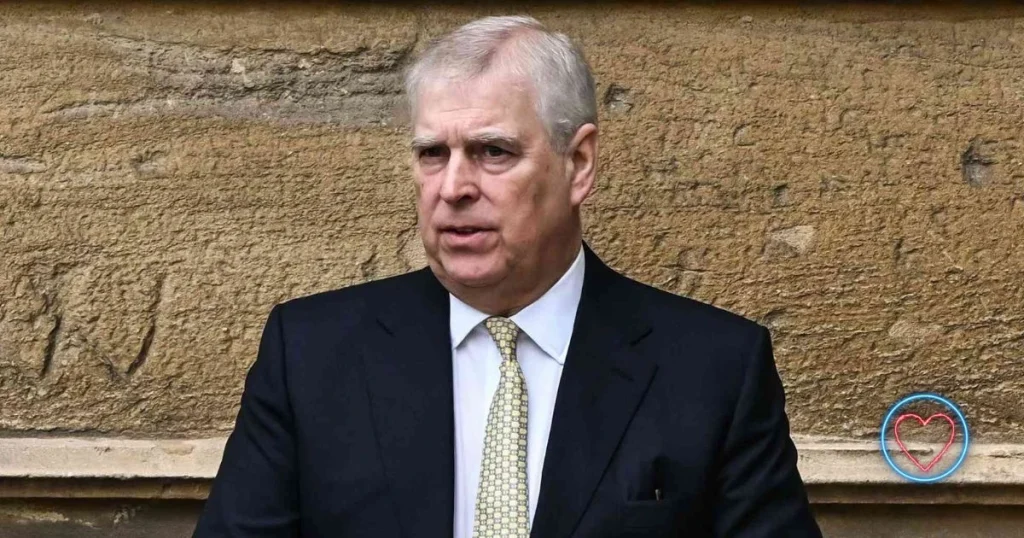After months of closure, California’s Pacific Coast Highway (PCH) has finally reopened. The highway was shut down due to one of the most destructive wildfires in recent memory. Now, with repairs complete, this iconic coastal route welcomes travelers once again.
The reopening comes just in time for the Memorial Day weekend. It brings not only smoother commutes but also a renewed sense of hope for residents and business owners.
The Fire That Paralyzed the Coast
In January 2025, strong Santa Ana winds and dry conditions sparked the Palisades Fire. It tore through the hills between Santa Monica and Malibu. In just a few days, flames consumed more than 23,000 acres of land.
The fire destroyed thousands of homes and businesses. It forced residents to evacuate and left neighborhoods in ruins. An 11-mile stretch of the PCH became impassable, cutting off a vital link between communities.
The road closure affected more than traffic. It disrupted local economies and separated families and emergency services. Tourists disappeared, and small towns along the coast struggled to stay afloat.
Fast-Tracked Repairs and a Unified Response
Caltrans, along with the U.S. Army Corps of Engineers, launched immediate repair efforts. They rebuilt roadbeds, reinforced cliffs, replaced guardrails, and restored utilities. Crews worked around the clock to beat the initial summer reopening deadline.
In April, a focused effort accelerated the timeline. With support from local and state leaders, crews opened one lane in each direction ahead of Memorial Day.
The announcement brought relief to thousands. Officials praised construction workers, first responders, and volunteers who made it possible. Their commitment turned a daunting task into a symbol of hope and efficiency.
Safety Measures in Place
Even with the road open, safety remains a top priority. Temporary rules ensure that the route stays secure during ongoing construction.
- The speed limit has been reduced to 25 mph.
- Flashing red lights at intersections now require drivers to stop completely.
- Law enforcement patrols the area to maintain order and respond quickly.
- Fines for violations in work zones are doubled to discourage reckless driving.
These measures help protect both workers and travelers. They also remind the public that full restoration is still underway.
Reviving Local Economies
The highway’s closure hit local businesses hard. Shops, restaurants, and hotels lost foot traffic overnight. Tourism—a key economic driver—dropped sharply. Some businesses closed temporarily, while others operated at minimal capacity.
The PCH reopening brings a much-needed boost. With Memorial Day marking the start of summer travel, coastal towns expect an influx of visitors.
Malibu, Topanga, and Pacific Palisades are once again accessible. Local leaders hope the return of beachgoers and road trippers will revive business and restore livelihoods.
Shop owners have already seen an uptick in customers. Hotels report increased bookings, and restaurant patios are filling with guests enjoying ocean views.
A Cultural Landmark Restored
The Pacific Coast Highway is more than a road—it’s a California icon. For decades, it has symbolized freedom, adventure, and the beauty of the open road.
Writers, musicians, and filmmakers have immortalized its winding lanes and ocean cliffs. It’s the setting for countless memories, road trips, and romantic getaways.
The highway’s reopening rekindles that magic. Drivers once again roll down their windows, play their favorite songs, and take in the salty breeze. Cyclists, motorcyclists, and photographers are returning in droves.
The road’s return isn’t just a logistical win. It reconnects people with the lifestyle and spirit they cherish.
Building a More Resilient Future
The fire and road damage prompted renewed focus on infrastructure resilience. California’s coast faces rising threats: wildfires, landslides, erosion, and climate-driven sea-level rise.
As they repaired the PCH, engineers included upgrades to prevent future failures. Retaining walls are stronger. Drainage systems handle runoff more efficiently. Fire-resistant landscaping now lines vulnerable areas.
Advanced monitoring systems will help detect early signs of danger. These investments aim to preserve access without compromising safety.
Long-term discussions include relocating some road segments away from the most at-risk zones. Though controversial, such measures may become necessary to protect this beloved route.
Memorial Day: A Symbolic Reopening
The timing of the reopening adds emotional weight. Memorial Day is a time of reflection and community. This year, it also marks a return to normal for many along the coast.
Celebrations are already underway. Community events honor first responders, volunteers, and residents who endured months of hardship. Local businesses are offering reopening deals. Families are reuniting, and beach towns are alive once more.
This Memorial Day isn’t just about honoring the past. It’s about reclaiming joy, movement, and hope after a season of loss.
Looking Ahead
The Pacific Coast Highway’s reopening is a major milestone, but recovery is ongoing. Some residents still live in temporary housing. Others face long waits for insurance and rebuilding.
Despite these challenges, the return of the PCH has brought light to the community. It shows what’s possible when people come together to rebuild quickly and safely.
The road stands as a metaphor for the region’s resilience. It’s not just pavement—it’s a path forward. One that carries the weight of memory, the thrill of possibility, and the quiet determination to rise again.
As travelers cruise along the re-opened highway, they don’t just see the ocean. They see a coast that refused to be broken.











